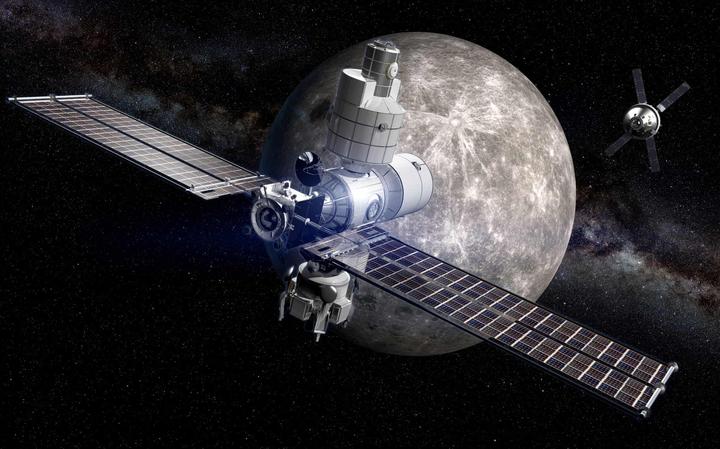NASA needs more astronauts

NASA needs to hire more astronauts to maintain its presence on the international space station and prepare for the next generationsast
NASA employs 59 astronauts, down from 150 a decade ago, and observers expect the agency to lose another half-dozen before the end of the year.
The report warns that “the Astronaut Corps appears to be sized below the minimum required” and that the current corps size “poses a risk to the U.S. investment in human spaceflight capabilities.”
NASA commissioned the report from the National Research Council, part of the National Academy of Sciences, to examine the agency’s astronaut and astronaut-training needs in the post-shuttle era.
It does not recommend a specific number of astronauts but says that the extensive training required, non-spaceflight tasks and the medical demands of long tours of duty on the space station could lead to astronaut shortages within five years.
In January, for example, the astronaut office at Johnson Space Center in Houston needed to choose two crew members for future space station missions. Of the 63 on the roster, only six were medically qualified and available.
“New astronauts are needed in the pipeline,” said Wayne Hale, a former space shuttle launch director who reviewed the report. “It takes quite a while to train people for human spaceflight.”
Basic space station training takes 2 1/2 years, the report says, with 31 weeks of that spent in Russia training on the Soyuz and learning Russian.
“Fifty to 60 people is an adequate size for where we’re going to be for the next several years,” said Scott Pace, director of the Space Policy Institute at George Washington University, who reviewed the report.
Medical issues can keep otherwise qualified astronauts grounded. The reports notes that space station astronauts often cannot return to space for three years or more as they recover from lost bone mass. Also, of 15 space station crew members examined by NASA physicians, seven developed a vision problem called papilledema that disqualified them from further flights until the problem was resolved.
NASA expects to send four to six astronauts to the space station each year for six-month rotations. But the crash of a Russian re-supply rocket last month has grounded the Soyuz, the only vehicle capable of flying crew members to the station. NASA has said that the Russian crash might lead the agency to temporarily abandon the station this fall unless the Russians quickly troubleshoot the problem.
Two Americans, three Russians and a Japanese are now on the station, which is scheduled to stay in operation until at least 2020.
Along with their spaceflight training, astronauts are needed to work with commercial companies building new space vehicles, the report says. In April, NASA awarded $269 million to four companies developing craft to deliver cargo and crew to the space station.
Michael Curie, a NASA spokesman, said the report “offers helpful advice about the appropriate size of our astronaut corps as we enter this exciting new era of space exploration and crew transport operations.” He declined to answer more questions.
NASA hired nine astronaut candidates in 2009 and hopes to add nine in 2012 and six in 2014, according to a presentation to the report committee by Peggy Whitson, chief of the astronaut office.
The report also recommends that NASA reconsider scrapping a space shuttle docking simulator at Johnson Space Center and that the agency maintain its fleet of T-38 training jets.
The report coincides with declining budgets for astronaut operations. For fiscal 2012, NASA has asked Congress for $84 million for human spaceflight operations, down from $104 million in 2010.